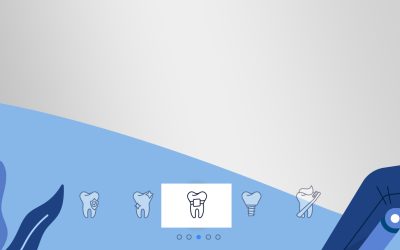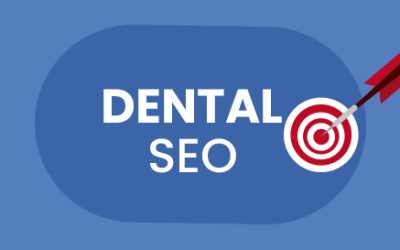More and more number of people and prospective patients are accessing the Internet. It is becoming increasingly important for websites to provide a web presence that provides the best user experience. Therefore having a solid online marketing strategy and utilizing medical SEO services can ensure you a strong online presence and generate more traffic to your practice.
A website that grabs the visitor’s attention and holds it for more than five seconds has a much better chance of bringing returning visitors and ultimately converting them into consumers. When the information your prospects are looking for can be easily accessed on your website they will view your website as a credible source of information. Online users usually tend to tune into the visual appeal and navigability of a website. So, medical website design should be focused on attracting more targeted visitors and increasing the leads and conversions. A responsive website helps in increasing the conversion rate and ensures engagement with your potential patients.
- Aesthetic appearance of your website: You have only around 50 milliseconds to make a good first impression and influence the user before he or she leaves. Good photography, visual images and a clean layout are enough to keep a visitor engaged. A well-designed website helps in shaping up the perception of your business. A fully functional, dynamic website shows that your business has a solid foundation, and will reflect the qualities and values of your business.
- Easy navigation: Logical navigation is an important criterion for a responsive website. It increases usability, helps the users to find information easily and encourages them to perform the call to action. Simple navigation provides a clear path for website users. Online visitors can be categorized into three – those visitors with little or no information about your business; those with some knowledge who are closer to becoming actual patients/customers; and those who know your business and the services provided, in other words, a group that is ready to make a purchase or schedule a consultation. So, it is important to consider all three types of users while designing the navigation options. A website will have major elements such as links, headlines, calls to action, images etc. Consistency in design is very important. For instance, the color you choose for these elements must be the same across the entire website. The latest trends in website navigation to boost conversion include the following.
- Fixed scrolling navbar: It allows users to effectively go about navigating the site from any location. Keeping the navbar fixed is a good idea for easy navigation. It is one of the best techniques for retaining visitors on your site for a longer period of time and increase the number of page views. It is a great option for mobile users – they don’t have to swipe back to the top to browse further into a website.
- Mega menu: This is different from the usual dropdowns, instead of simply flowing down vertically they expand wider and contain multiple columns of content. This gained popularity with the advent of magazine style blogs. Ideal for desktops and laptops, this option can give your visitors a sense of your blog/website by skimming through the related content.
- Responsive Subnav Menus: This is extremely popular and useful for small browser windows and mobile screens. It enables visitors to access and browse your entire website irrespective of the device they are using. All navigation items are retained by using dropdown menus. It requires a hamburger nav with toggle icons for link dropdowns.
- Big bold typography: Legible and clear typography with high contrast and logical hierarchy of information helps readers to read content easily. “Skim-ability” is also essential as visitors often look for specific information and don’t have time to go through the entire content. Use of headlines and subheadings increase “skim-ability” and being consistent with one or two fonts also improves readability and usability.
Google Fonts offers a great number of fonts and recently it has updated its collection and offers more customizable and interactive fonts. The font technology allows working with responsive characters, improving creativity and exploring new shapes. Intelligent fonts that suit all types of users and media help in improving conversions. Open Sans, Arvo and Lato are some of the popular Google fonts.
Now let us see how the process of conversion works. As mentioned at the outset, a good web design is vital to be successful. The path of conversion refers to the visitor’s progress towards becoming a lead and this path is specific to each visitor.
A user’s conversion path begins on the homepage. Consider a person looking for body contouring options arriving at your website via Google or other search engines. The aesthetic appearance of the website is important to create a good first impression and persuade potential customers to become actual customers. A user-friendly and navigable website will allow the visitor to find the details they are looking for either on the home page itself or on another page via a search feature. Suppose the visitor arrives at a page listing the appropriate solutions, he/she must be able to scan the page quickly to find the service (s) relevant to them. Good use of typography is important at this stage. When the user is browsing through say, a list of options available and is not able to make a decision, a call to action included to download a comprehensive guide will prove helpful. The call to action buttons must be well-designed and ideally placed so that the visitor makes the desired action.
One of the factors that determines the success of a medical business is a responsive website. Ease-of-use increases the number of visitors arriving at your website and ensures more conversions. For a successful web design, businesses can choose to partner with a Long Island SEO company that can provide reliable web design and development services.




